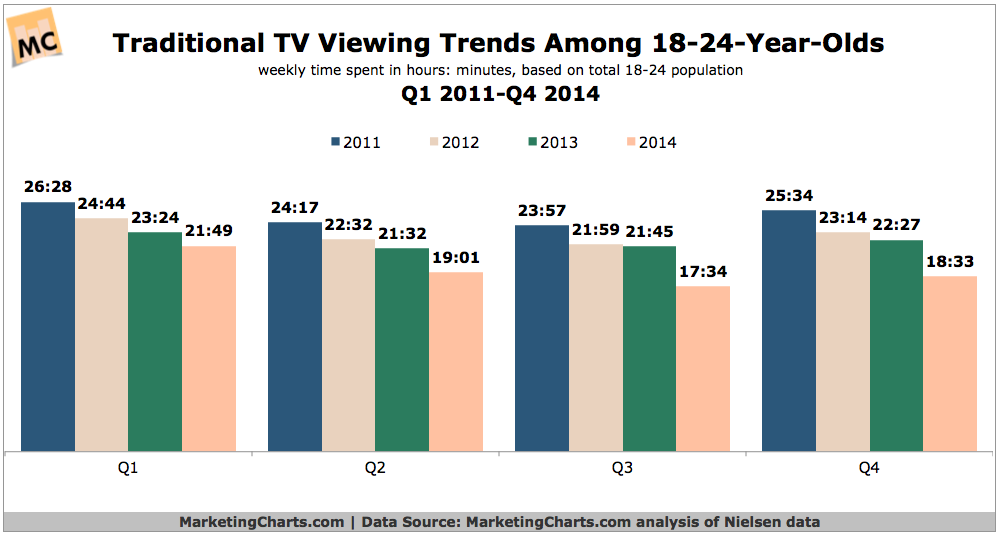Advertising is a technique used to bring a product to consumer’s attention and it persuades people to respond to it. Advertising on television offers unique opportunity to reach a large number of audiences with a single exposure but at the same time lacks the means to deliver it to a targeted set of customers unlike other medium.
Television is evolving over a period of time mainly to address the diversity. Pay-per view channels, Video on demand, etc. are introduced to deliver content specifically for targeted audience.
One of the conventional advertising logic is that the numbers of viewers of a television program who fall in between 18 yrs-49 yrs of age, is more important than the total number of viewers. This is defined as demographic-based advertising which is nothing but dividing the viewers in terms of age, sex and income and targeting them with advertisements that are relevant to them. For e.g. in a region if there are more low income households, then the advertisement for “Ford Focus” can be shown instead of “Mustang”. It is a very traditional way of advertising based on demographics per region, in advent of IPTV and other streaming devices it is essential for the advertiser to drill down into the demographic data and come with more meaning full metrics.
Marketers have long purchased TV ads based primarily on program and commercial ratings as measured by Nielsen. The demographics such as M25-49 may not be relevant anymore. Nielsen started understanding that and it formed a joint venture with digital media company Catalina and formed Nielsen Catalina Solutions. They merged the shopper loyalty card data with the TV viewership sample to get better data of what kind of viewers are buying what kind of products.
This alliance helps them to know, for instance, what TV shows are most popular among 18-39 year old men who are heavy purchasers of shoes. If you’re a shoe company that is very valuable information to have when deciding where to place an ad.
Nielsen’s most recent study indicates that Americans aged 18-24yrs watched a weekly average of about 18-and-a-half hours of traditional TV during Q4 2014. That represents a substantial year-over-year decline of about 4 hours per week. So what do they do? Did they stop watching television? They might have watched it online.
The shift towards online viewing experience provides us with huge opportunity to collect numerous data points that might be relevant for the modern day advertising strategies. One such example is the 2012 Obama campaign where the lessons from Big Data are applied to target relevant audience to send across the political message and they succeed in that. Link Here
With more number of viewers adapting multi-streaming, the complexity and potential in reaching the viewer is getting huge. Interesting times ahead!
- Targeted Advertising for better user experience - June 1, 2015
- Continuous Delivery using Kanban - March 10, 2015










Comments